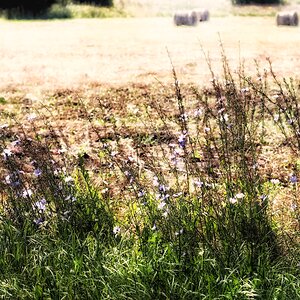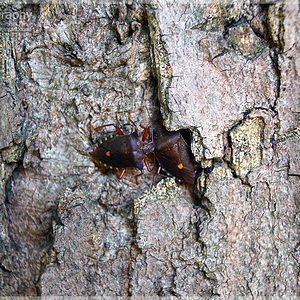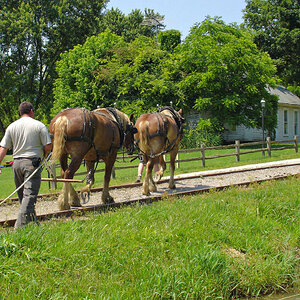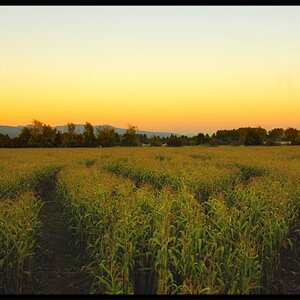Nev
TPF Noob!
- Joined
- Jun 1, 2008
- Messages
- 2
- Reaction score
- 0
- Location
- Frodsham, Cheshire
- Can others edit my Photos
- Photos OK to edit
Firstly hello to everyone on here.
I'm using a Canon 400D with a 55mm - 250mm IS lens and am having difficulty getting a really sharp image at 250mm in manual mode. I have tried a tripod and supporting the camera against an object like a tree, building or post. When reveiwing the photo and magnifying up to the point where I want to crop the photo it is blurred so the only way I can get a reasonable image is to mess about with it in photoshop.
Now with my Finepix F10 in auto mode at full zoom the picture is really sharp.
So what am I doing wrong with the DSLR? or am I overlooking something?
Nev
I'm using a Canon 400D with a 55mm - 250mm IS lens and am having difficulty getting a really sharp image at 250mm in manual mode. I have tried a tripod and supporting the camera against an object like a tree, building or post. When reveiwing the photo and magnifying up to the point where I want to crop the photo it is blurred so the only way I can get a reasonable image is to mess about with it in photoshop.
Now with my Finepix F10 in auto mode at full zoom the picture is really sharp.
So what am I doing wrong with the DSLR? or am I overlooking something?
Nev













